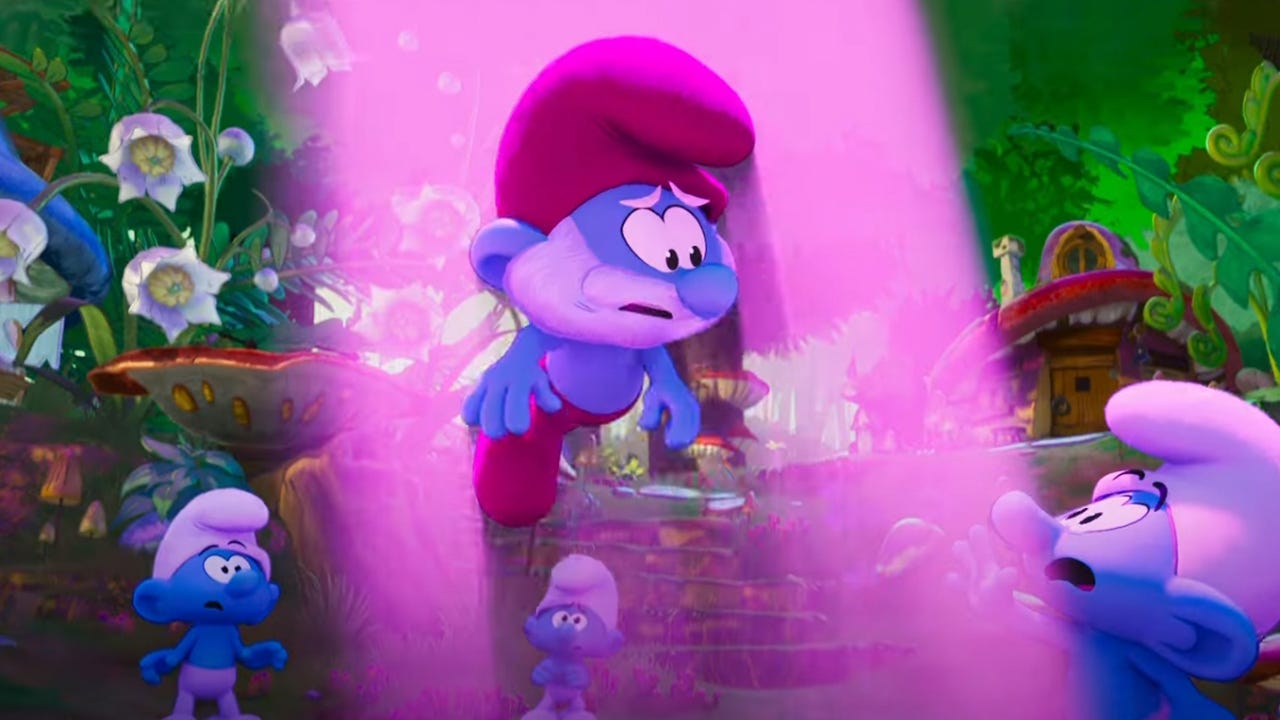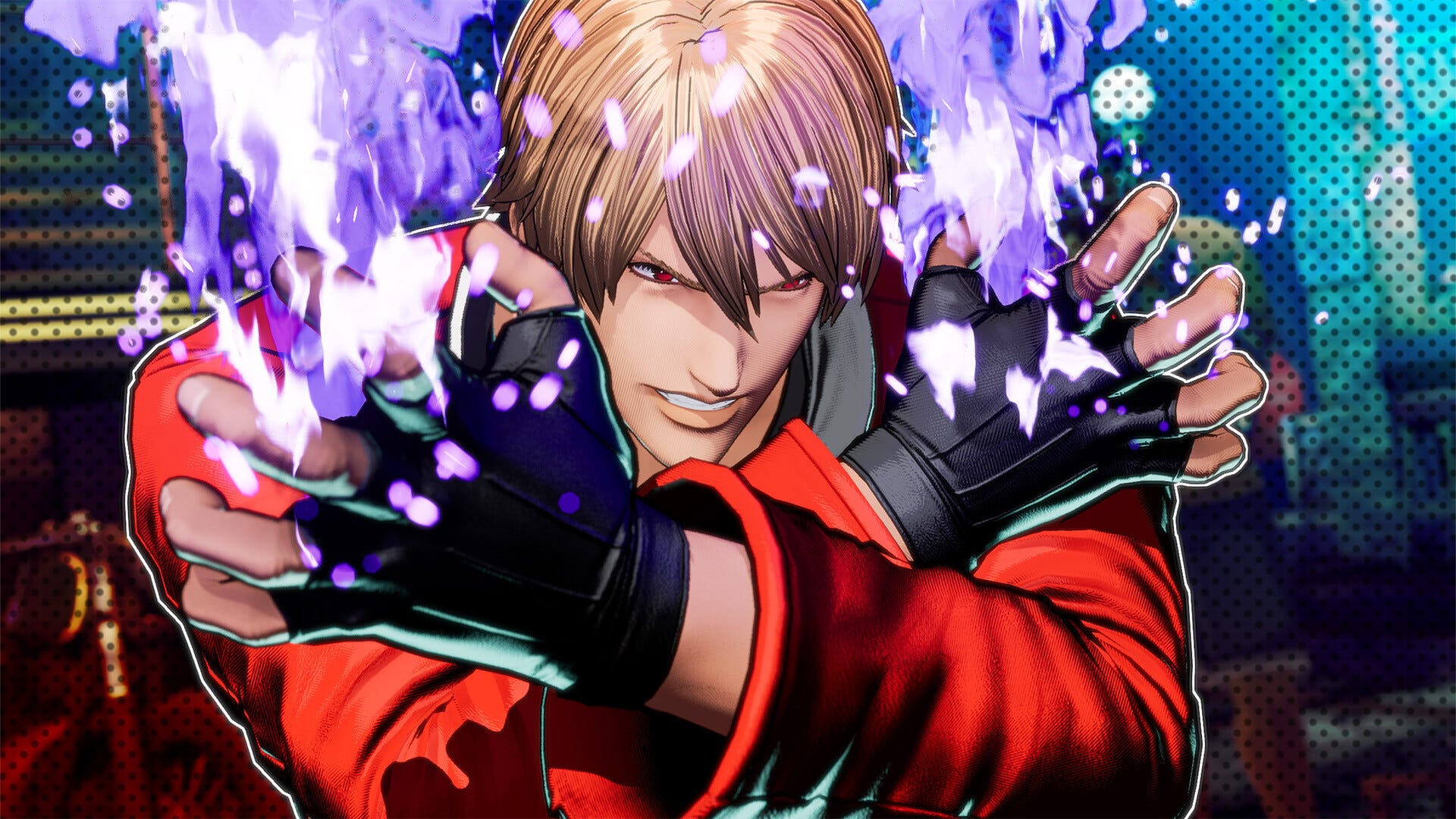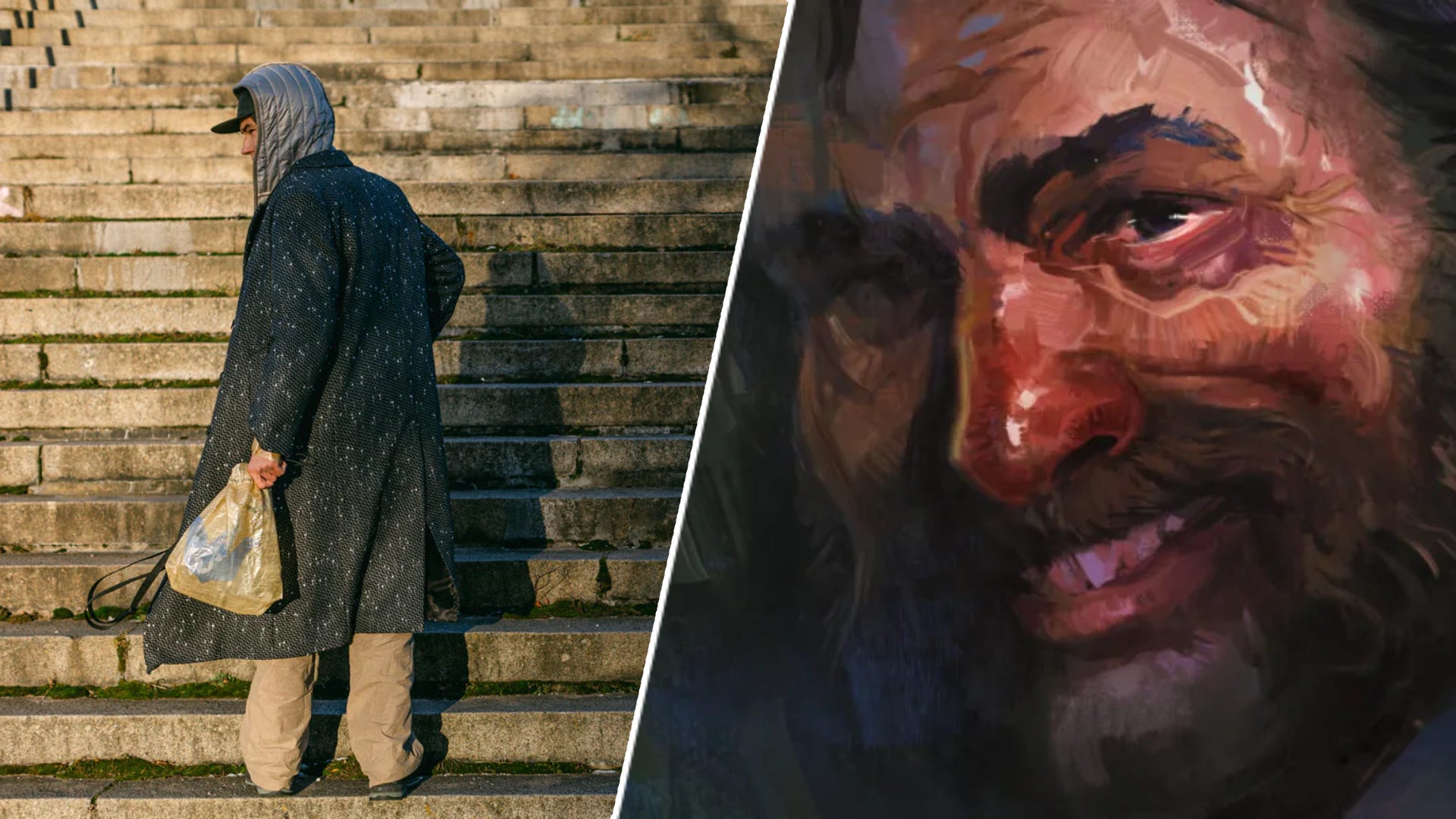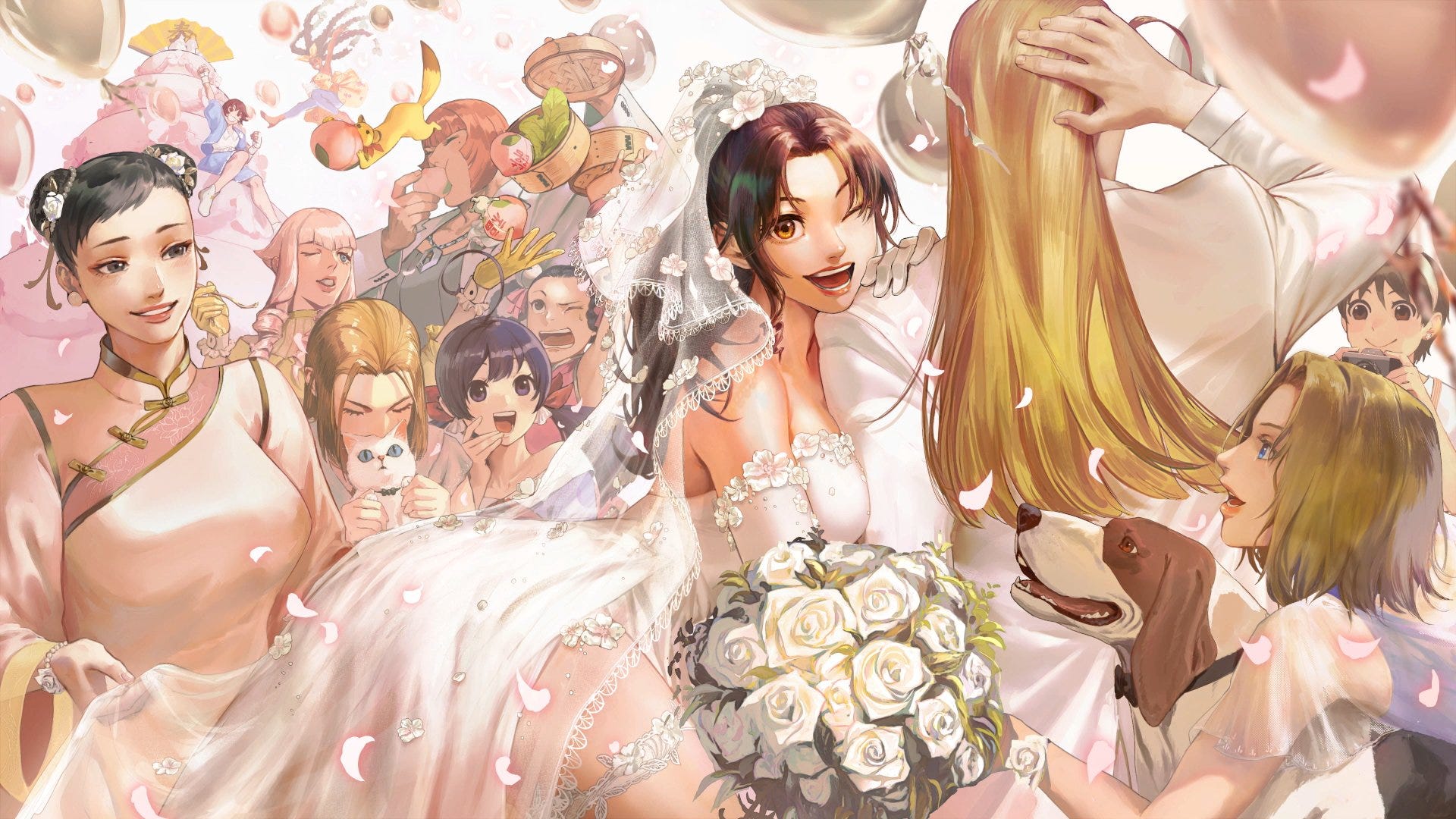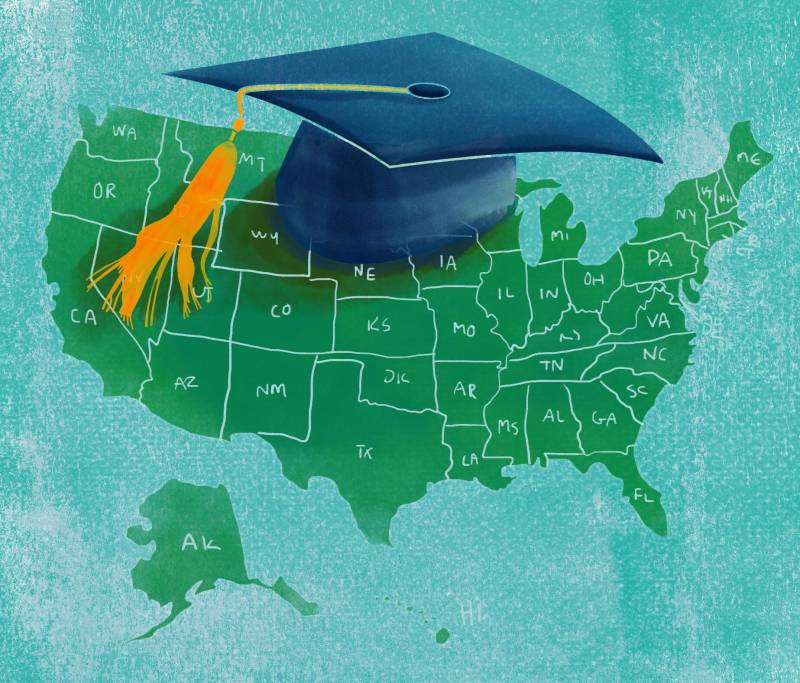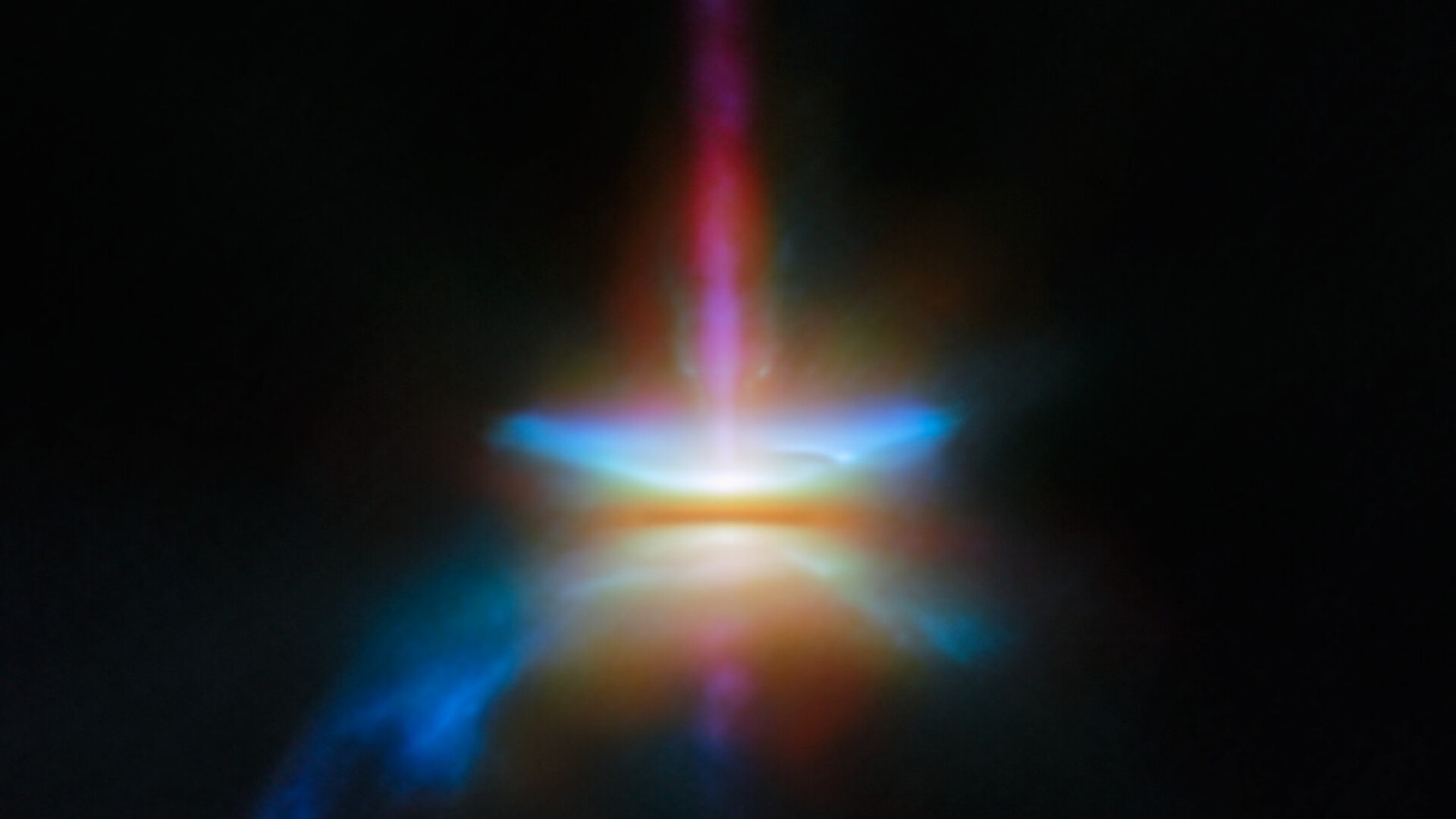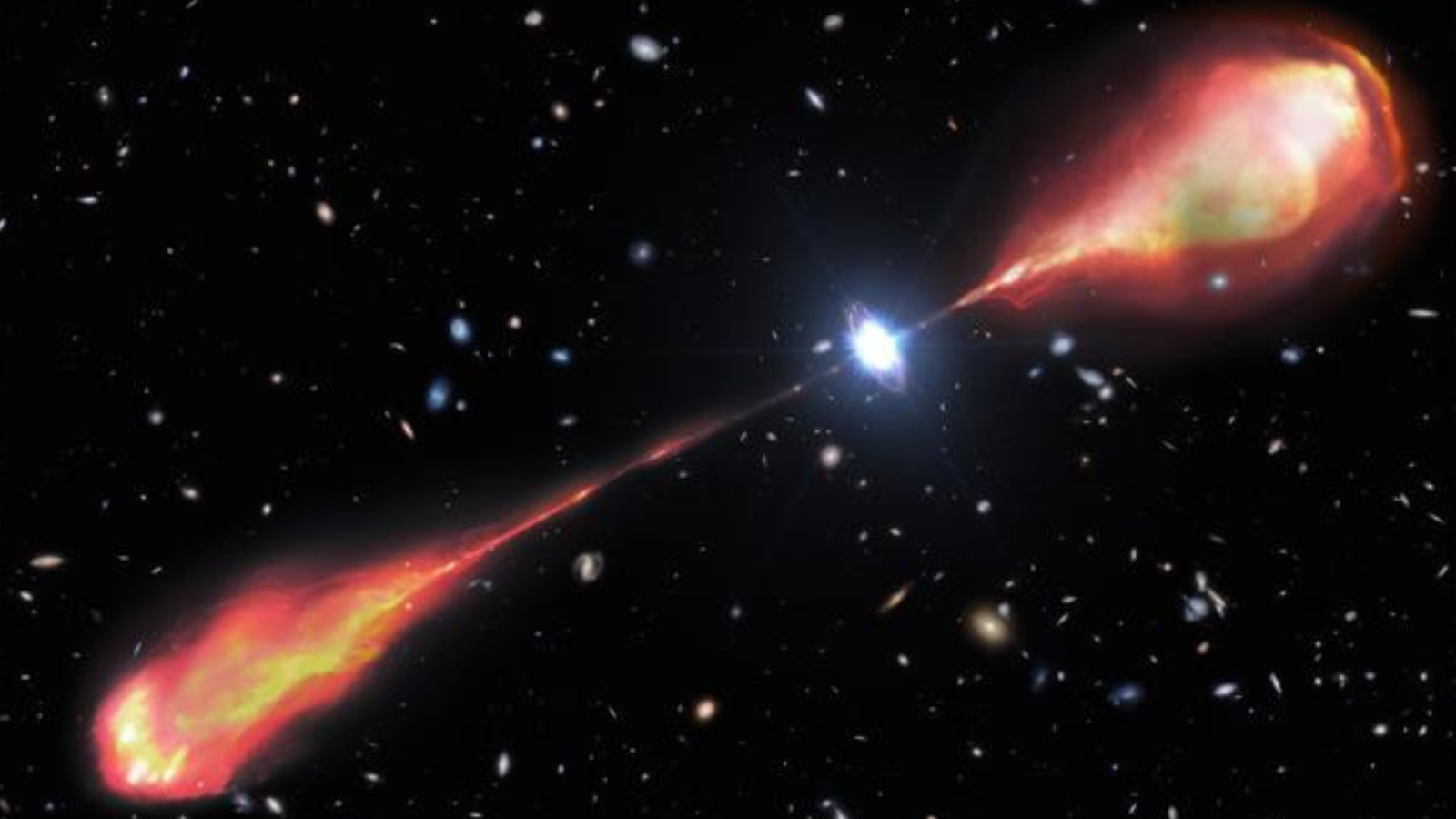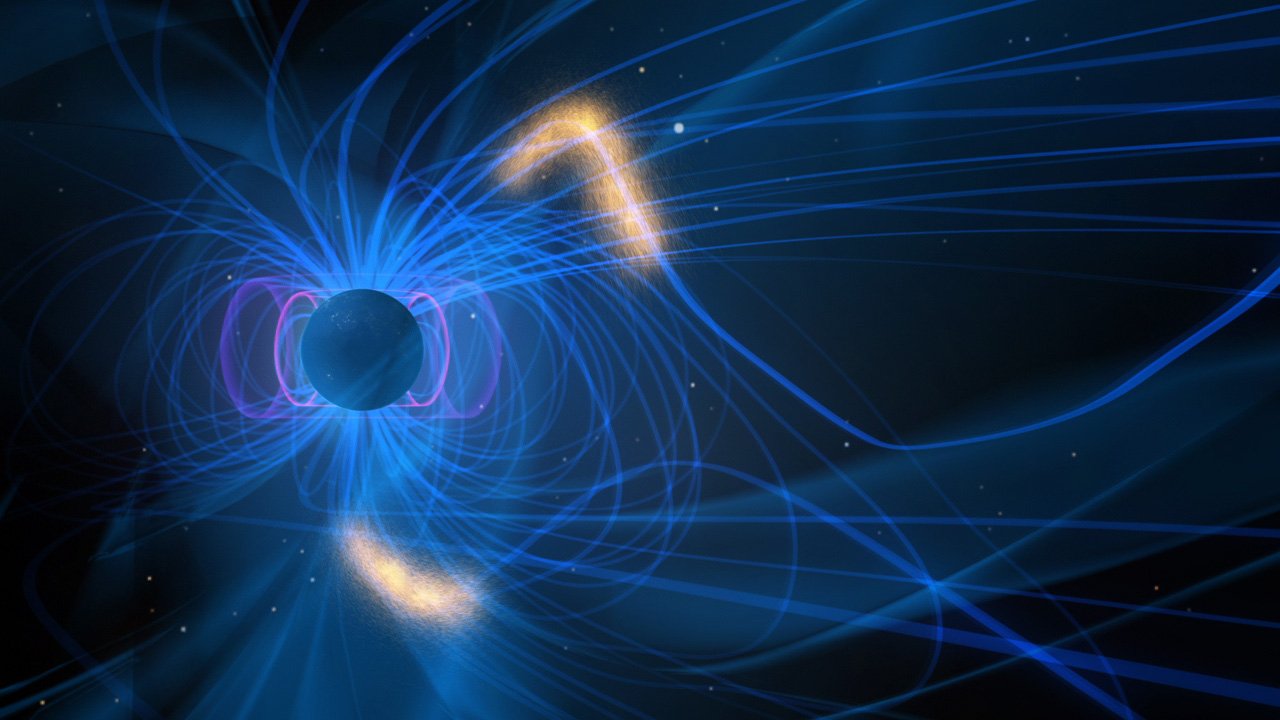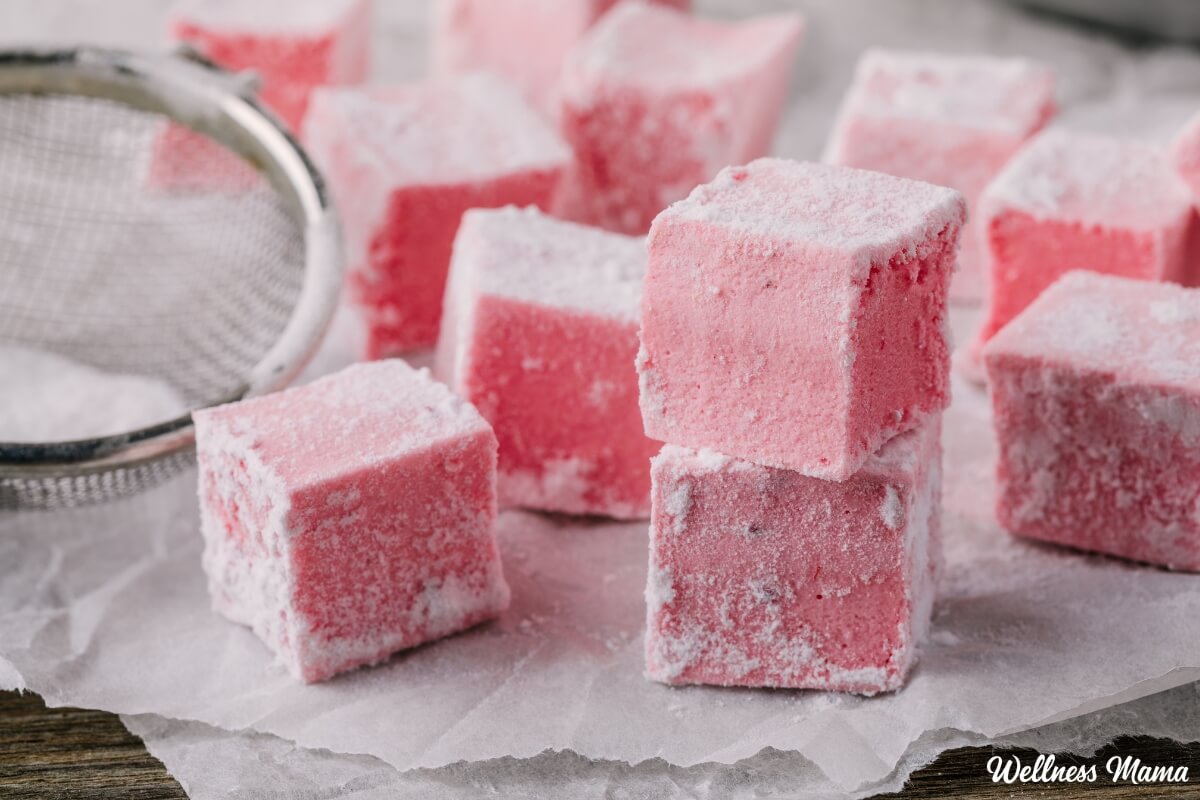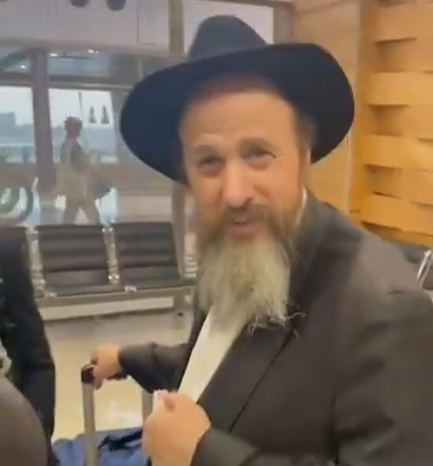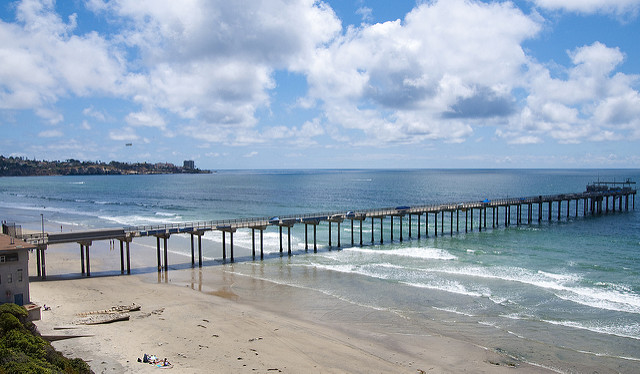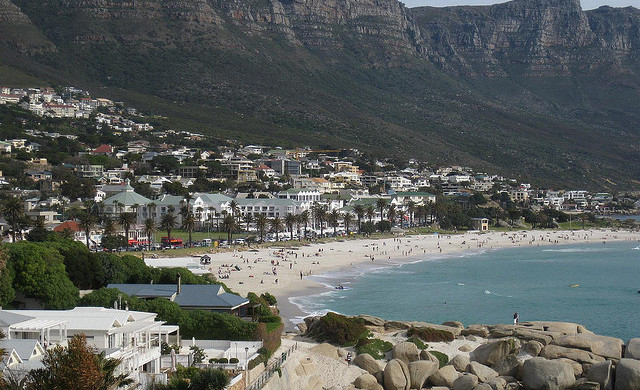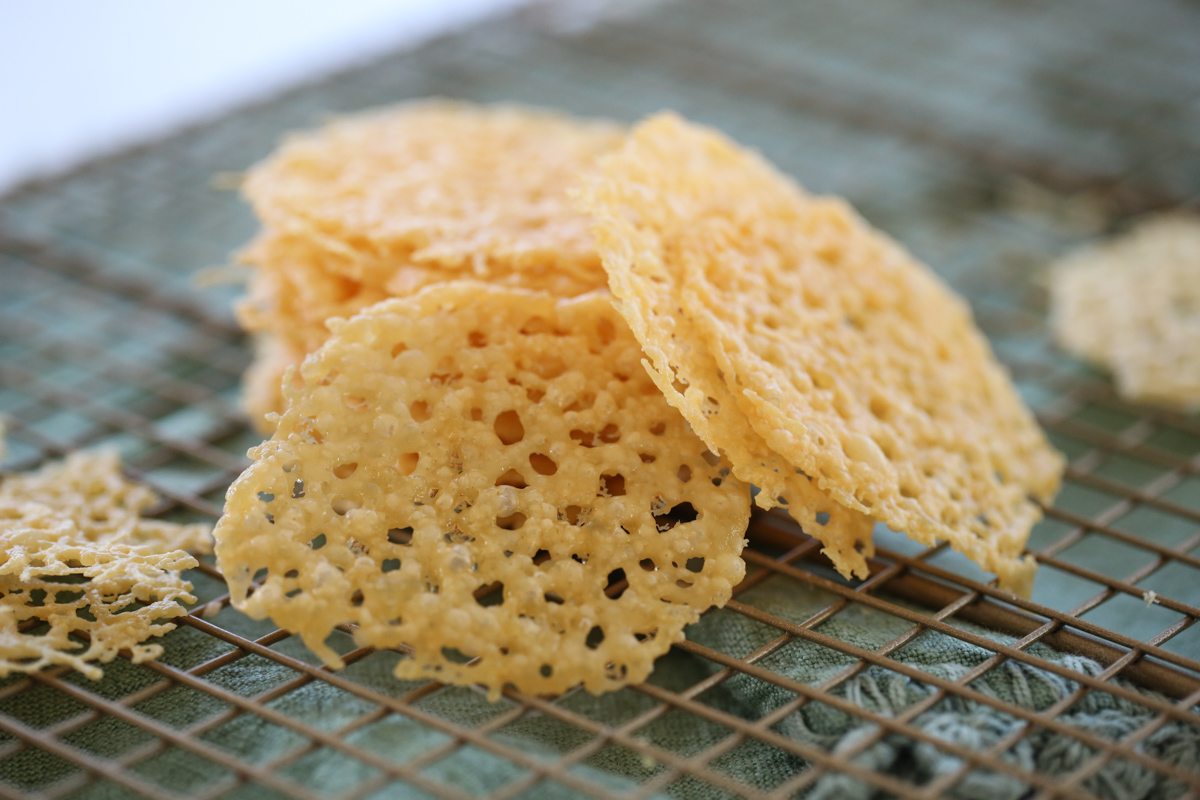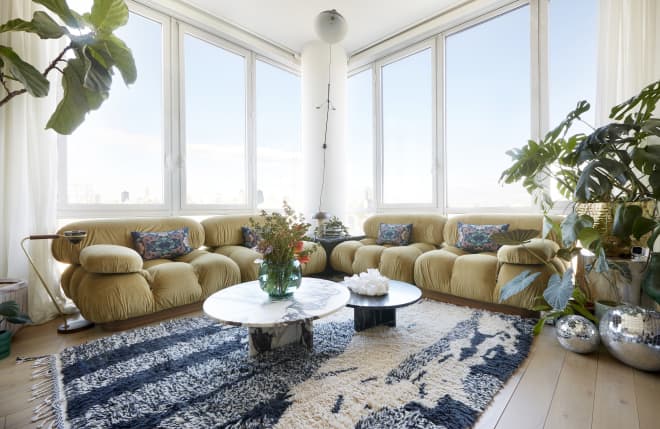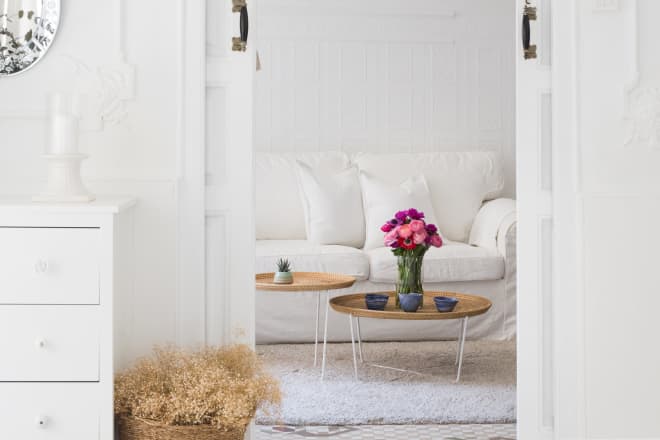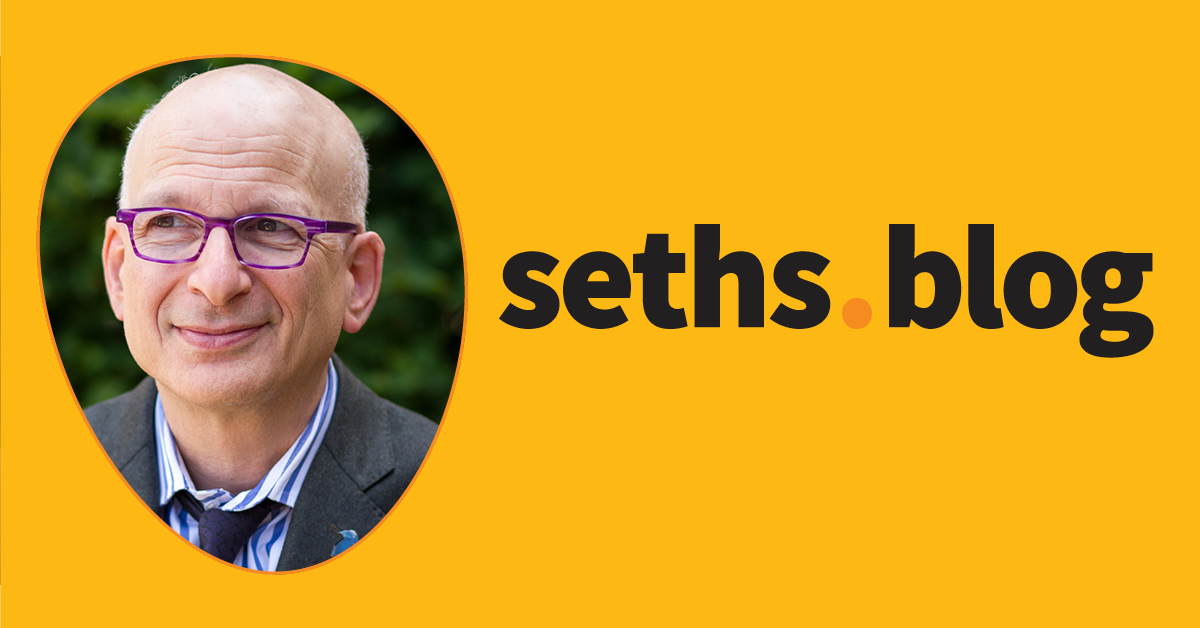The Power Couple Making the Art World More Inclusive
Rujeko Hockley and her husband Hank Willis Thomas first met over email in 2005 when Hockley was a curatorial assistant at the Studio Museum in Harlem reaching out to Thomas about exhibit logistics. But they didn’t get together until 2013, when a mutual friend introduced them at a group outing. Now they’re one of the…


Rujeko Hockley and her husband Hank Willis Thomas first met over email in 2005 when Hockley was a curatorial assistant at the Studio Museum in Harlem reaching out to Thomas about exhibit logistics. But they didn’t get together until 2013, when a mutual friend introduced them at a group outing.
Now they’re one of the top power couples in the art world, each committed in their own way to advancing the cause of racial equity. Rujeko Hockley, 41, is an associate curator at the Whitney Museum of American Art, and Thomas, 48, is an artist who designed the Martin Luther King Jr. memorial unveiled in Boston in 2023. [time-brightcove not-tgx=”true”]
Thomas likes to say he’s focused on “re-right-ing” history with his art, and a lot of his work focuses on making sure ordinary Black Americans are not forgotten. He’s continuing to work on “The Writing on the Wall,” an installation he put together from inmates’ writings and drawings that also connects mass incarceration to the history of slavery. This year, he expects to unveil a memorial to the enslaved people who built Davidson College, and his memorial to gun-violence victims is traveling to Detroit. As he sums up the tenuous state of race relations, “We’re not living in the 1950s and ‘60s where we’re trying to destroy Jim Crow. We’re trying to not go back.”
Hockley, meanwhile, says it’s important for her to help non-white people feel welcome in “institutions that were not built for them.” While working at the Brooklyn Museum, she co-curated a show called “We Wanted a Revolution: Black Radical Women, 1965–85.” In 2021, after she curated a show by Ethiopian American artist Julie Mehretu at the Whitney, Mehretu joined the museum’s board and teamed up with another trustee to make a donation in 2024 that made admission free for people under 25. “You can’t have any conversations around diversity, equity and inclusion without providing access,” Mehretu said at the time. Hockley expects to see more Black museum-goers when SF MOMA’s survey of Amy Sherald’s work opens at the Whitney on April 9, as the artist became famous for her portrait of First Lady Michelle Obama.
The influence Hockley and Thomas have on each other is clear. Hockley, who co-curated the 2019 Whitney Biennial, gets some ideas of artists to follow from her husband, and Hockley will review floorplans for his shows and give feedback. At one point during a virtual interview, as Hockley explained from their apartment how she aims to put on exhibits that create opportunities “for people to gain insight into the subjective experience of other human beings,” Thomas, in his studio, said he was having an “epiphany.” He pulled out a bunch of mid-20th century portraits of ordinary Black Americans and carefully cut out their faces while Hockley noted, “Black and Brown people have insight into the subjectivity of white people much more than white people have subjectivity into our experiences.”
Thomas doesn’t know exactly what he will do with these faces, but Hockley seemed unsurprised by the burst of inspiration. “Artists’ brains are just constantly seeing connections,” she says. Looking up from the portraits, Thomas ended the interview with a statement that can sum up both the journey of an artist and of society in general: “The road to progress is always under construction.”



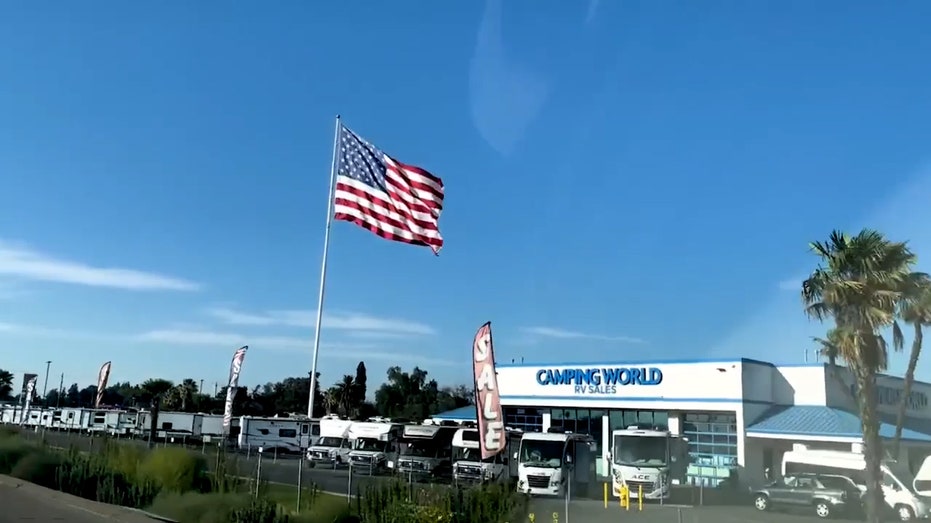
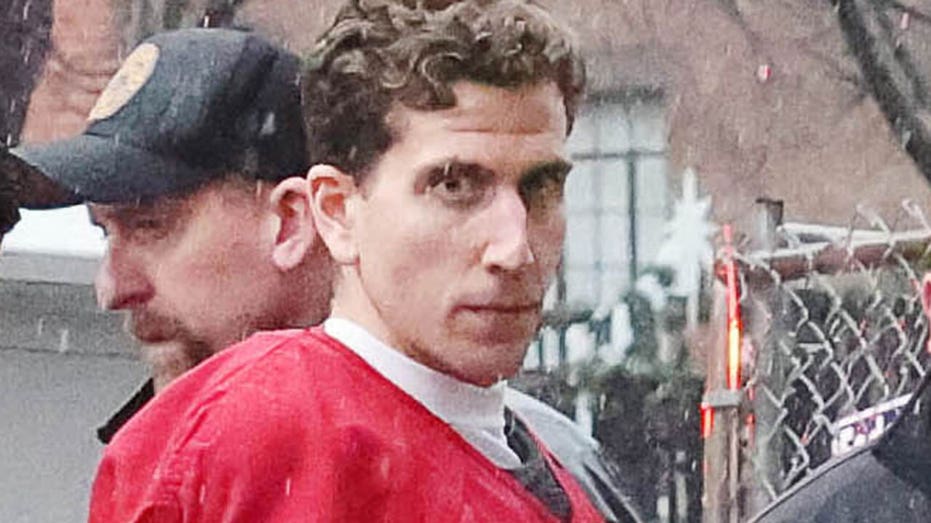














_Daniel_Lamborn_Alamy.jpg?#)



